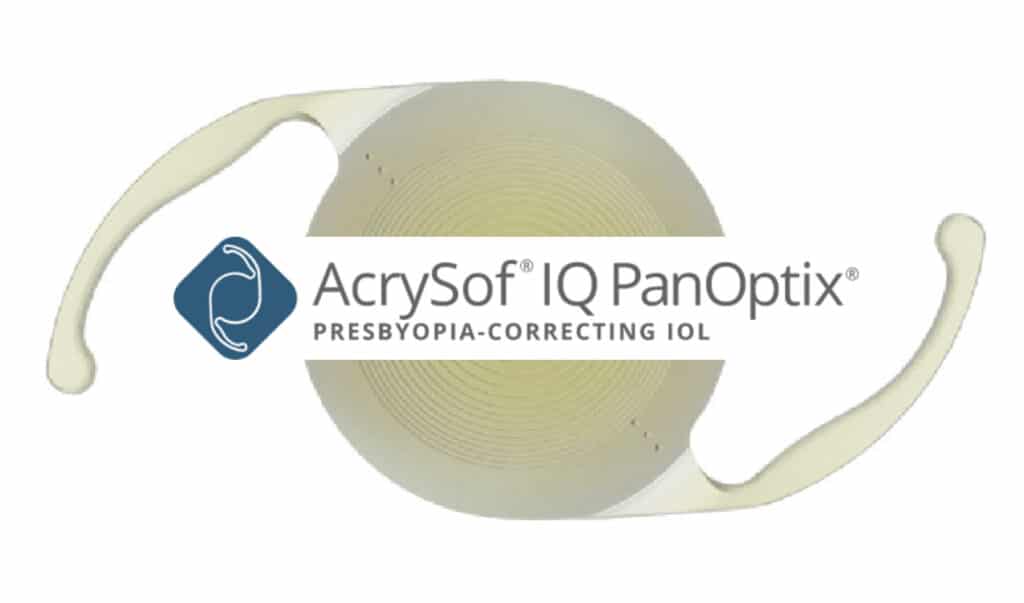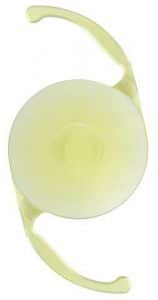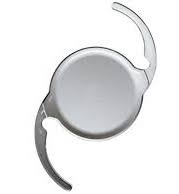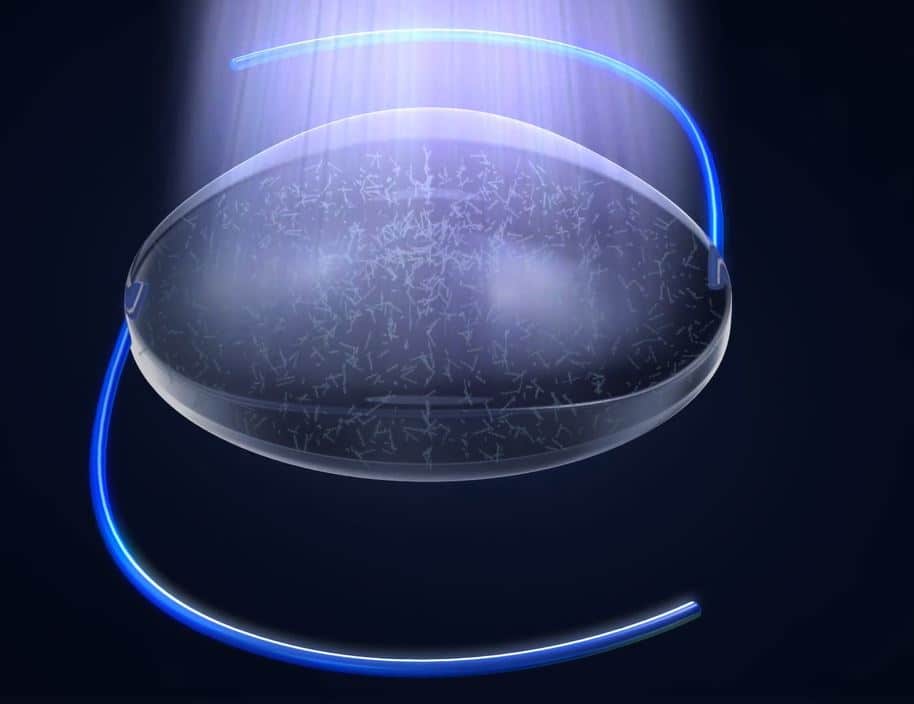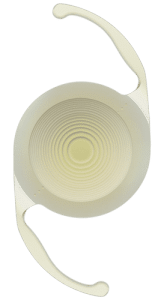Cataract
Are you experiencing blurry vision or glare from cataracts?
Our knowledgeable and talented cataract surgeons at Traverse City Eye can help restore your vision through cataract surgery.
What is a Cataract?
A cataract is a clouding of the natural lens inside your eye. Cataracts form naturally over time as the lens inside your eye matures and loses its flexibility.
Symptoms of cataracts include glare, starbursts or halos around lights, difficulty driving in at night or in the rain, and blurry vision that affects daily activities and reading. The only treatment for cataracts is cataract surgery.
Cataract surgery involves your cataract surgeon removing your natural lens and replacing it with a new artificial lens, called an intraocular lens.

What is an IOL?
An IOL, or intraocular lens, is an artificial lens that your cataract surgeon will use to replace your natural lens where a cataract has formed. The IOLs bend the light that enters your eye to fall directly on the retina, allowing for crisp and clear vision
Your refractive error, like nearsightedness, farsightedness, and astigmatism, is what causes the light to fall in the incorrect place, resulting in blurry vision. Not only do IOLs improve the glare and hazy vision you experience with a cataract, but they also can correct your natural refractive error.
Some IOL options may require you to wear glasses for certain activities after the procedure. However, if reducing your dependency on glasses is a priority for you, there are options to make that possible.
The cataract surgeons at Traverse City Eye offer many IOL options to choose from. Your eye doctor will help you determine the best option based on your lifestyle and vision goals.
Symptoms of Cataracts







Cataract Self-Test
Take our cataract self-test to see if you are a good candidate for cataract surgery.
Take Cataract Self-TestWhat IOLs Do Traverse City Eye Offer?
What Happens During Cataract Surgery?
On the day of your cataract surgery, you will need a friend or family member to drive you home after the procedure. You will need to arrive at least an hour before your procedure so that your cataract surgeon can prepare you for the cataract surgery.
Before cataract surgery begins, your cataract surgeon will use drops to numb your eye. Then, they will make a tiny opening in your cornea. Your cataract surgeon will then use the most advanced tools and instruments to break up the cataract into smaller pieces. After removing the tiny cataract pieces from your eye, your cataract surgeon will replace your natural lens with an artificial lens. After removing the natural lens, they will replace it with an artificial lens, known as an intraocular lens (IOL). The IOL will allow you to see clearly once more and take over the job that your natural lens once had. The small opening will then close naturally without the need for sutures. You will be able to go home the same day and experience improved vision in the coming days.
What is Recovery Like After Cataract Surgery?
Your eye doctor will require you to come back to the office for check-up visits in the days, weeks, and months following your procedure. At these appointments, your eye doctor will ensure that your eye is healing well and test your vision to see the procedure’s outcome.
It can take a few days to a few weeks for your vision to reach its full potential. Your eyes may need an adjustment period to get used to the new IOL.
If you have cataracts in both eyes, your eye doctor will usually perform cataract surgery on each eye separately. These procedures are typically completed a few weeks apart after the first eye has completed healing.
You will also be required to follow a list of instructions to help aid in your recovery. Your eye doctor may require you to avoid strenuous activity and heavy lifting for at least a week after the procedure while your eye heals.
Your eye doctor may also require you to use medicated eye drops to avoid any complications in the healing process. It is important that you follow this regimen precisely and not miss any doses.
Are you interested in learning more about cataract surgery? Schedule a cataract consultation at Traverse City Eye in Traverse City, MI, today!

